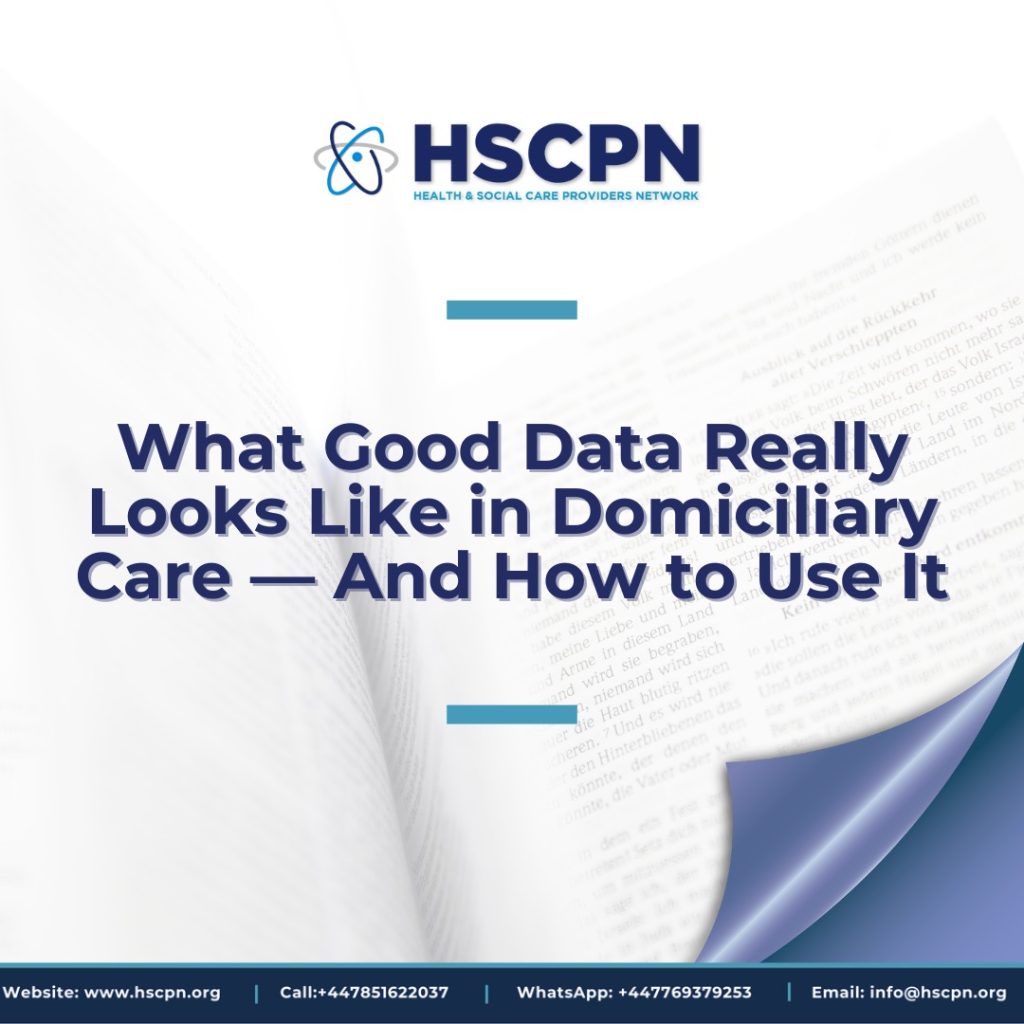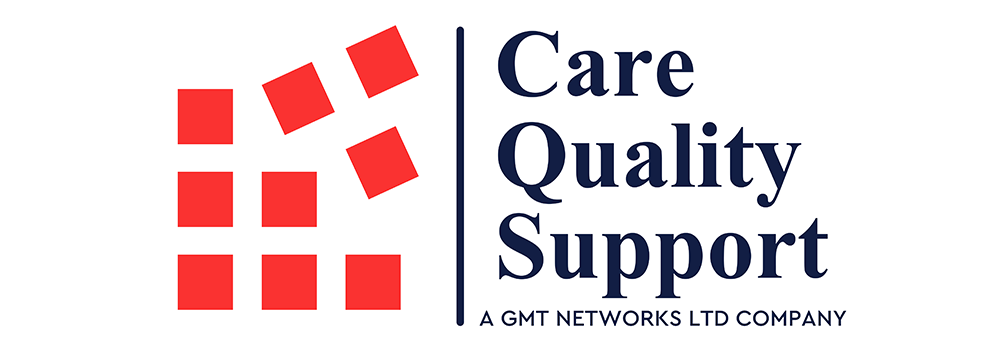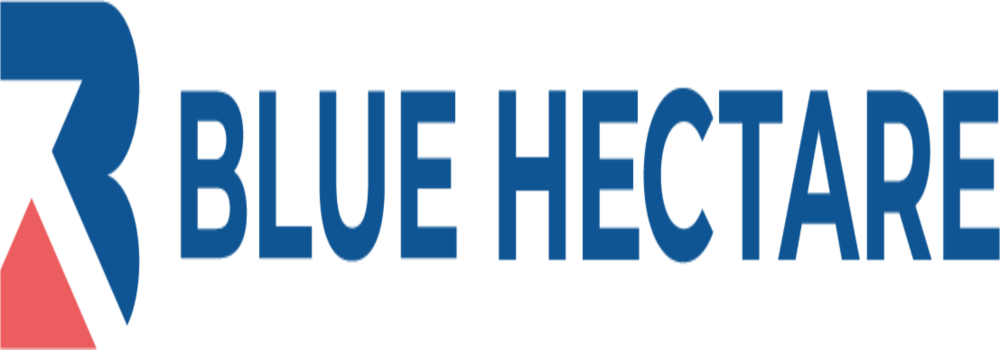In today’s social care landscape, the pressure to “go digital ” has never been greater. With the Government aiming for 80% of providers to adopt Digital Social Care Records (DSCRs), new systems, dashboards and reporting tools are appearing in almost every homecare service.
But here’s the real challenge: collecting data is not the same as using it effectively.
Too often we see care teams with mountains of information but little clarity on which parts truly matter, or how to turn it into better outcomes for the people they support. As one care manager recently told us: “We’ve got the data. But what do we actually do with it?” The answer isn’t simply buying more advanced software. It’s about changing the way we think about data, moving from “just a compliance requirement” to “a powerful tool for improving lives, independence and teamwork”.
The Current Problem: Compliance ≠ Confidence
While many domiciliary care providers have already moved to digital systems, compliance alone doesn’t guarantee quality insights.
We’ve all heard the frustrations:
Staff exporting confusing CSV spreadsheets that no-one can analyse
Dashboards hidden deep inside clunky menus
Incident logs that highlight problems only after they’ve happened
For small and medium providers, where managers juggle scheduling, quality monitoring, admin and more, “doing something” with data often takes a back seat. This leads to data overload without real improvement in care. When handled well, though, data can do so much more than tick regulatory boxes. It can transform how we deliver care.
So, What Does Good Data Look Like?
“Good data” isn’t about endless reports or mountains of metrics.
It’s about having the right information, at the right time, in the right format.
Here are four signs your data is genuinely valuable :
Accessible
Your team can find it easily — no hunting through PDFs or endless downloads. The best systems present clear, visual summaries that anyone can understand at a glance.
Actionable
It doesn’t just tell you what happened, it points you to why it happened and what to do next.
Accurate
Captured in real-time at the point of care, so it reflects reality not “best guesses” entered hours later.
Aligned to Outcomes
It’s not just about tasks. It’s about tracking progress against what matters most to the individual. Whether that’s staying hydrated, walking without falls, or preparing their own breakfast.
From Recording to Proactive Care
The real value of data in domiciliary care is moving from passive record-keeping to active decision-making.
Here’s how to get there:
- Start with Dashboards, Not Downloads
If your system has real-time dashboards or alerts, use them daily.
Spot red flags early such as changes in appetite, mood or activity to prevent crises before they happen. - Look for Patterns, Not Just Incidents
Instead of treating every fall, missed medication or mood dip as a one-off, review trends:
Do incidents happen at a certain time of day?
Is there a link to staffing changes?
Could there be an environmental trigger?
- Be Open to Positive Risk-Taking
Sometimes, over-intervention can harm quality of life. One provider found their nightly hourly checks woke people unnecessarily reducing rest. The data showed low risk, so they adjusted visits, improving sleep and wellbeing.
Beware the Legacy System Trap
Some providers are stuck with outdated tech that technically counts as “digital” but offers little actual insight. Common warning signs include:
Infrequent updates
Awkward reporting tools that require Excel knowledge
Data trapped in static PDFs
Slow support response
Staff avoiding the system entirely
If your software is slowing you down instead of speeding you up, it might be time to re-evaluate.
Why This Matters for Smaller Providers
Data-driven care shouldn’t be a luxury for providers with big budgets and analytics teams.
Modern digital care systems are becoming more user-friendly, more automated, and more affordable meaning even the smallest homecare service can benefit.
The future?
Insights delivered to you automatically
AI spotting patterns you might miss
Frontline-friendly tools designed with carers in mind
A Real-World Example
Take the case of a supported living resident with complex health needs and mobility challenges. By tracking daily hydration, nutrition, activity, and engagement, the provider worked with the GP to trial a medication change and introduce adaptive exercise equipment.
The result?
Weight loss
Increased independence
Better overall wellbeing
A transition to living in their own home with reduced support
This is the true power of good data, not just meeting CQC requirements, but helping someone live a fuller life.
Getting Started: Your First Steps
If you feel swamped by information, start small:
Check your dashboard daily for urgent issues.
Pick one focus area a month (hydration, mobility, mood).
Involve your team and ask them what trends they’ve spotted.
Use your findings to tell a story to commissioners, regulators or families.
In Summary
Good data should:
✅Spot problems before they escalate
✅Support independence, not dependency
✅Make better use of staff time
✅Show the real impact of your service
The real question is: Does your system help you see what matters or is it just another digital filing cabinet?
💬 We’d love to hear from you
If you’re a domiciliary care provider looking to make the leap from “data collection” to “data-led care”, our team can help.
📞 Contact us today or drop us an email, let’s make your data work harder for you, your team, and the people you support.













